For centuries there has appeared at first glance to be a conflict between science and religion. Do the planets revolve around the earth or the sun? Is the earth flat or is it a sphere? Do animals reproduce according to their kind or can they evolve into different kinds?
However, when we take a closer look at each of these topics, these debates are not “religion vs. science,” they are science vs. science. Though the church may weigh in, these conflicts are between scientific theories.
Ptolemy
For example, in the first century AD, Ptolemy wrote the Almagest, a comprehensive ancient treatise on astronomy that was considered the authoritative text on astronomy for over 1500 years. It included mathematical models of the planets so one could compute the future or past positions of the planets. It even included a star catalogue that contained forty-eight different constellations.
Later, Ptolemy wrote his Planetary Hypothesis which presented a physical model of the universe as a set of nested spheres that he used to calculate the dimensions of the universe. He also developed what he called the Handy Tables that listed all the data needed to determine the positions of the Sun, Moon, and planets, the rising and setting of the stars, and eclipses of the Sun and Moon. From his calculations, Ptolemy was able to produce a star almanac based on the appearances and disappearances of stars over the course of the solar year.
It included advanced mathematics and astronomy that yielded extremely scientific and accurate findings. It was used as the main source for all things in astronomy for over 1500 years. But…it was all based on a geocentric model – that the planets and sun all revolved around the earth.
Thus, when Copernicus came along in the mid-1500s, and as Galileo reaffirmed in the 1600s — with equally advanced scientific calculations — to place the sun as the center, it caused quite the uproar. Yet the science hadn’t changed in all of those years; the scientific theory did. Whether scientists believed the universe was sun-centered or earth-centered, the universe was still sun-centered.
Notice however, this wasn’t religion vs. science. This was science vs. science! Or really, it was scientific theory vs. scientific theory.
Settled Science?
As new observations were made by later scientists though, the scientific theory had to change in order to account for the newly discovered information. This is supposed to be the proper role of science. When science is done right, these kinds of conflicts will continually arise, where scientific theories are modified or throw in the trash altogether as our understanding is increased.
Unfortunately, many scientists become so committed to their theory that they fail to follow the evidence and observations where it should lead. So how much should we “trust the science”?
Ah, you say, but hasn’t “science” given us the iPhone, Google maps, and Zoom? Yes (although I would say those were engineers), but those are only the successful examples. Scientists once said it was safe to put radium in your make-up, that draining “bad blood” cured pneumonia, and that blowing tobacco smoke up your bum would revive drowning victims (scientists thought it would stimulate the heart and dry out the victim’s clearly wet insides).
Yet so often we hear the phrase “that’s settled science.” If history teaches us anything, it should be that rarely is science ever truly settled.
Phlogiston
In the 1660s the theory of phlogiston was proposed a means to explain that substances lost something in combustion. Phlogiston was the supposed matter and principle of fire but not fire itself. The theory assumed that all combustible bodies contained some common material called phlogiston which escaped on combustion, but could be readily transferred from one body to another.
For example, zinc was made up of zinc and phlogiston. When this “phlogisticated” substance was burned, it then released this substance to become “dephlogisticated.” The theory asserted that in general, substances that burned in air were said to be rich in phlogiston. The air around the burning substance could only absorb so much phlogiston though, as evidenced by that fact that combustion would soon cease when the burning object was in an enclosed space.
As experiments continued, the theory of the phlogiston began to have more problems. The evidence just didn’t fit the theory. So the scientists continued to reform their theory. At first phlogiston was a metaphysical property. Then it became a material particle that added weight to a substance. When the evidence no longer supported that, the phlogiston became a material with negative weight, making a substance heavier when it left the substance during combustion.
Scientists at this time even decided that phlogisticated air could not support life. Breathing was thought to take phlogiston out of the body. And when oxygen was discovered, it was thought to be dephlogisticated air, capable of combining with more phlogiston to support combustion longer than ordinary air.
For over 100 years, the phlogiston theory persisted as the explanation to combustion, a theory that was the opposite to the actual role of oxygen in combustion. It wasn’t until 1772 when Antoine Lavoisier discovered that combustion was a reaction between the burning substance and oxygen.
Thus, scientists had spent 100 years describing combustion with the theory of the phlogiston, which was the inverse of what actually happened in combustion. “Removing phlogiston” was in reality adding oxygen, and adding phlogiston was actually removing oxygen.
However, over all that time, as more scientific experiments were conducted, scientists had to continually revise their assumptions about phlogiston to make the theory fit the evidence until their theory made absolutely zero sense. Instead of questioning the original hypothesis, more leaps of faith were made to confirm a hypothesis that all evidence otherwise contradicted.
At the end of the phlogiston debacle, Professor H. Butterfield in his Origins of Modern Science commented: “The last two decades of the 18th century give one of the most spectacular proofs in history of the fact that able men who had the truth under their very noses, and possessed all the ingredients for the solution of the problem – the very men who had actually made the strategic discoveries – were incapacitated by the phlogiston theory from realizing the implications of their own work.”
Darwinian Evolution?
Scientists are still struggling with this approach to science. The more discoveries made in biology, the more intricately designed systems discovered, the more mind-boggling features of the cell are uncovered, the less Darwinian macro-evolution can explain our existence.
Yet instead of questioning the original hypothesis of random, genetic mutations generating new kinds of organisms, evolutionists simply try to reform their failing theory of Darwinian macro-evolution. Science continues to show irreducibly complex biological machines and life-critical features. But scientists continue to claim there is a natural explanation for what otherwise obviously points to an intelligent designer. Science continues to show this universe is finite and has a distinct starting point. But scientists continue to claim the universe could have caused itself, violating laws of physics and logic. Science continues to show an explosion of unique and distinct body plans in the fossil record in the same era of time. But scientists continue to claim there are transitional species that just never did fossilize.
Just like with the theory of phlogiston, scientists have modified, tweaked, and changed the theory of Darwinian macro-evolution. And in every modification of the theory, it reveals the vast expanse of evidence the theory fails to satisfy. Maybe instead of another reformed approach to Darwin, evolutionists need to be questioning their initial assumptions.





4 thoughts on “What Does the Science Say?”
Another great article. Also nice discussion on the Godless Engineer channel. I left a couple of replies in the comment section to address some strawman they put up to your presentation.
Thank you Bob!! 😊
The very core of science is a curiosity. A person of science or a true person of science has an insatiable curiosity for how things work. In that, a true scientist leaves everything on the table as a possible answer. They never steer the outcome or put their thumb on the scale in favor of one outcome or to the exclusion of another outcome. And as they work their way step by step through all the possibilities they move from the least probable to the more probable, tossing aside the absurd. That is an honest search for truth. But you never find that which is true if you toss things out of the inventory of possibilities. Yet today’s premise number one is, “anything but intelligent design.” No matter how absurd the theory. No matter how contradictory or counterintuitive the hypothesis, you must never approach the forbidden line of design. ” That is not science that is a religious dogma posing as science.
You are exactly right!!
Comments are closed.